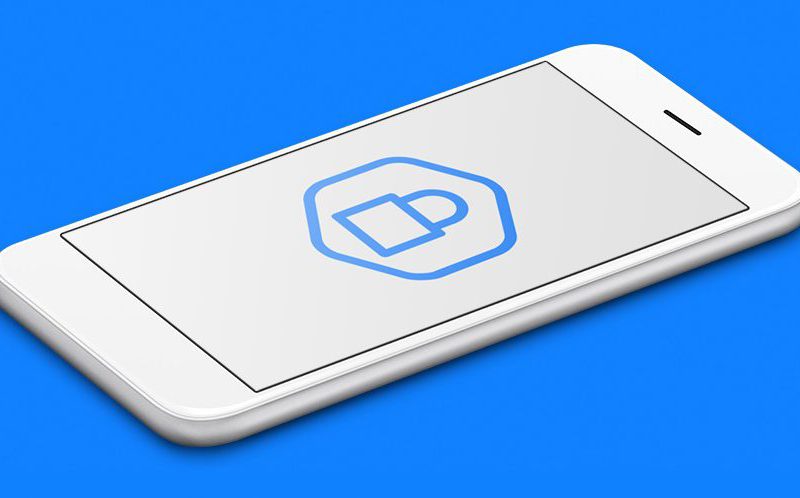You use your smartphone every day to check emails, text your friends, and browse the Web. But to keep your personal info safe, this portable vault needs to be on permanent lockdown.
Protecting your phone
Most of the safeguards you’ll put in place work from the inside out:
- Choose a great security app. Keep it updated. Always use it. If you value your personal info, you won’t take chances with your phone’s security.
- Consider a smart call blocker. You can automatically block calls from numbers listed for fraud, or get alerts for calls that may be spam.
- Install apps only from places you trust. Check an app store’s reviews for notes about security breaches or apps that redirect users to unsafe sites.
- Learn about app permissions. Find out how much is too much to share with app developers—and whoever they share your info with.
- Keep the doors shut. Don’t automatically connect to any Wi-Fi in range. Visit unknown wireless networks with care.
- Back up your data. Or even better, don’t keep sensitive data on your phone in the first place.
A note about phone security apps
If there’s one app worth paying for, it’s your security app. Look for an app that can remotely locate and erase all the data on your phone. Some apps also sound a loud alarm to help you find your lost phone. But, at least use a firewall and antivirus for Android, iOS, or whichever phone operating system you have.
Losing your phone
So you’ve protected your phone from online threats, but what if you lose it? Stolen or misplaced, it makes no difference. Anytime you and your phone are apart, your personal data is at risk.
- Create a password or PIN (Personal Identification Number) to lock your phone.
- Set your phone to lock if it’s not used for 5 minutes.
- Schedule a regular backup for your contacts, photos, videos, and other data.
What to do when it’s already gone
- Report your phone as lost or stolen.
Talk to your local law enforcement, and then to your wireless provider. If you report your phone as missing, your wireless provider alerts the other major providers. And, they lock your phone. This prevents anyone from using it without your permission. - Wipe your phone remotely and restore it to the factory settings.
While some phones feature this option, you can also do a remote phone wipe if you’ve installed a security app.
Most of all, know what’s going on. Learn about the latest scams and phishing methods, and how to protect yourself against them. You don’t have to be the easy target. Protect your phone from hackers and thieves, inside and out.
Recommendations verified at fcc.gov.
This article was written by an AT&T employee. The postings on this site are my own and don’t necessarily represent the positions, strategies, or opinions of AT&T.





